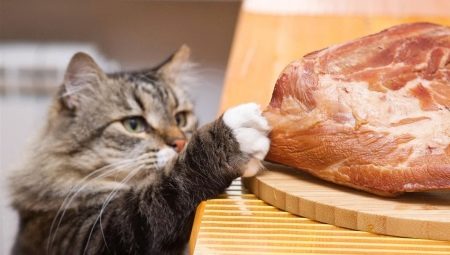When planning a cat's diet, many caring owners take into account such a component as raw meat. It is believed that a cat, being an unconditional predator, experiences a natural need for this product. However, some owners of cats and cats are convinced that treating animals with raw meat is not possible.
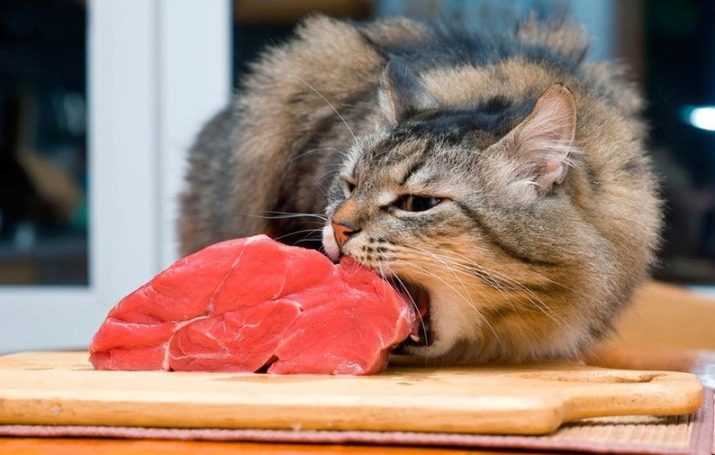
The value of meat in the diet
In the wild, raw meat is a basic component of the diet of predators. Consuming it, animals provide themselves with the energy they need for full development and growth. Meat is a valuable source of amino acids that play a decisive role in the formation of muscle tissue. One of the most important for the cat's body is a sulfur-containing amino acid: taurine.
This substance is involved in lipid metabolism, provides normal energy and metabolic processes in the body.
Taurine deficiency leads to poor animal health, blindness, hair loss, and the development of cardiovascular and endocrine diseases. For cats, this amino acid is indispensable, so it must be included in the composition of modern feed. Products containing vegetable protein are not able to compensate for the shortage of substances of animal origin. They are absorbed worse by the cat's body, therefore, it is impossible to replace the sources of animal protein with them. In addition, taurine is not found in vegetable protein rich foods.
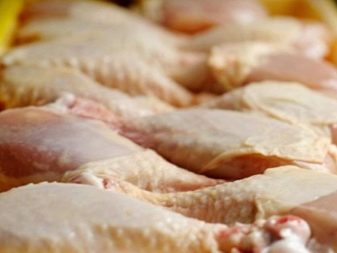
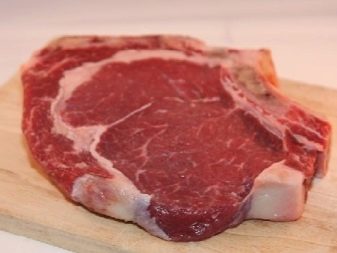
What is the danger of a raw product?
According to veterinarians, a poor-quality product can be a potential source of threat to the health of the animal. The most common negative consequences that can occur after feeding a cat with raw meat of poor quality are:
- helminths;
- infectious diseases.
Often there are situations when caring owners feed their cats and cats with raw meat of high fat content. Fatty types of meat (lamb, pork, some types of poultry) create exorbitant loads on the animal's body, are difficult and poorly absorbed. In some cases, such food can cause vomiting and gastrointestinal upset, in others it can cause endocrine diseases and disorders.
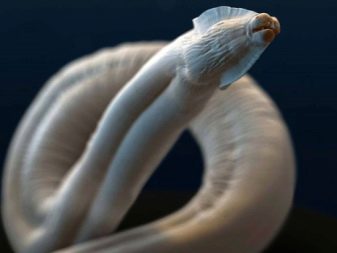
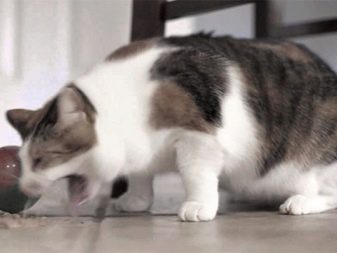
What varieties can I add?
You can use different types of meat.
- From time to time pets are allowed lean beef. This product is rich in protein and taurine, but it contains a minimal amount of fat. Before treating the pet, the meat must be subjected to heat treatment.
- Lean lamb - Another type of meat that can be introduced into the cat's diet. As with beef, lamb should be heat treated in advance. Both types of meat can be used in the diet of the animal every day, but in small quantities.
- Rabbit meat - a dietary hypoallergenic product that is characterized by easy digestibility, low calorie content and a soft fibrous structure. Such meat is recommended to feed animals with poor health, overweight, and renal failure. Before introducing this product into the diet of a pet suffering from any chronic diseases, it is necessary to consult a veterinarian.
- Chicken meat - Dietary digestible product containing a large amount of protein. The beneficial properties of chicken allow you to use it in the diet of both young and elderly animals. It is important to note that the menu of a cat or cat should include only high-quality chicken, which has passed all stages of sanitary and veterinary control. It is strictly forbidden to feed pets with chicken of dubious quality: for example, if there is a suspicion that the product may contain antibiotics or hormones.
- Offal (heart, lungs, liver, scar, kidney) veterinarians also recommend adding to the diet of animals. However, the norm should not exceed 200 g per week. Before treating a cat or cat with such a treat, the offal must be cleaned of films, residues of fat and veins, cut into pieces and scalded with boiling water, then cool.
- Planning to treat a pet beef liver, it is important to consider that in raw form this product activates the activity of the intestine, and in boiled form, on the contrary, it produces a fixing effect. If the recommended norms are not followed and the product is not processed, both diarrhea and constipation can occur in the pet.

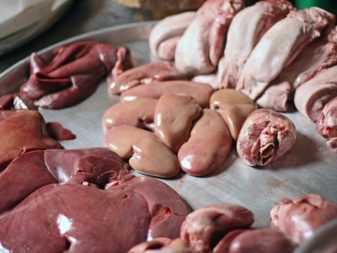
Other permitted types of meat that can be given to animals after light heat treatment:
- horsemeat;
- veal;
- goat meat;
- turkey;
- quail.
Before giving the cat meat, it should be cut into small pieces. In this form, the product is easier and more convenient to heat-treat. In addition, it will be easier for the animal to eat chopped meat than to handle a huge chunk. To a greater extent this applies to kittens and elderly animals with worn or broken teeth.
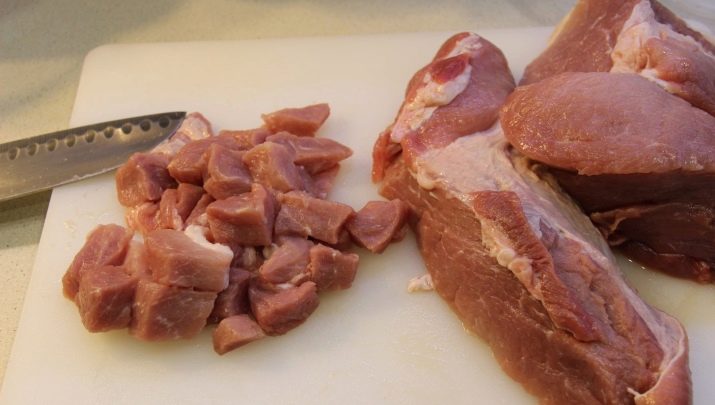
Processing methods
Heat treatment is the main way to make the product safe for human consumption. This treatment is thermal and cold.
- Cooking - a type of heat treatment of meat that allows you to destroy potential sources of danger (eggs of helminths, pathogens of infectious diseases). To process the product, it must be divided into small pieces and boil them in boiling water for 5 minutes.
- Scalding also helps reduce the likely risks of a pet becoming infected with helminths and intestinal infections.In this type of processing, the meat must be cut into small pieces and poured several times with a plentiful stream of boiling water.
- Freezing - a type of heat treatment of meat, which reduces the likelihood of infection of a pet with intestinal parasites. For proper processing, the product must be aged in the freezer for at least several hours. More reliable processing results are provided during freezing for 2–4 days.
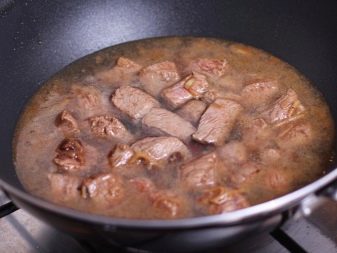

In what form to give the animal?
Representatives of the cat family are allowed to feed both raw and boiled meat. First, the product must be divided into small pieces measuring about 1.5 × 1.5 cm. The animal should not be given both boiled and raw meat. To assimilate such products, different types of enzymes are required, which can create unnecessary burdens on the pet's body. A great addition to meat are various vegetable side dishes. According to veterinarians, the combination of meat and vegetables is optimal for the body to absorb the animal.
Meat provides the cat's body with protein (amino acids), and vegetables - vitamins and fiber, necessary for good digestion.
Additionally, it is recommended to add a small amount of olive oil to the vegetable side dish. Kittens, elderly animals and weakened pets who have undergone surgery or any disease, it is recommended to give fresh high-quality minced meat. In this case, the product, subjected to freezing, can not be treated with steam or boiling water.
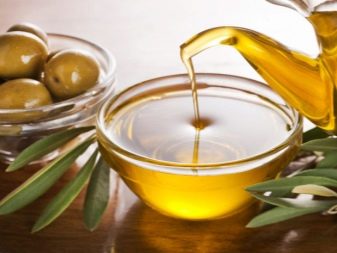
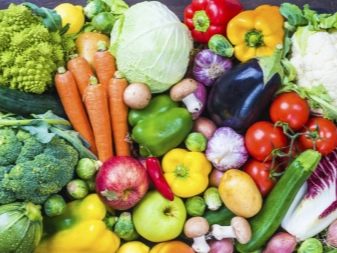
What is impossible?
It is strictly forbidden to feed fatty lamb and pork to animals. And also the meat of ducks and geese, harmful due to increased fat content, is prohibited. It is extremely undesirable to treat pets and fatty meat, cleaned from fragments of fat. The product used to feed cats should be lean. To avoid serious digestive problems, cats and cats can not be fed smoked and fried meat. Such products create dangerous loads on the pancreas, and in some cases can cause gastrointestinal upset.
It is not allowed to feed pets with leftover food from the home table and meat waste containing bone fragments.
Products with obvious signs of spoilage (unpleasant odor, discolored, mucus and dark spots on the surface) are also prohibited. Do not feed pets with canned meat and sausages. Their integral components are preservatives, stabilizers, color and flavor enhancers, as well as spices. All these components are harmful to cats. In some cases, these supplements can cause allergic reactions and digestive problems.
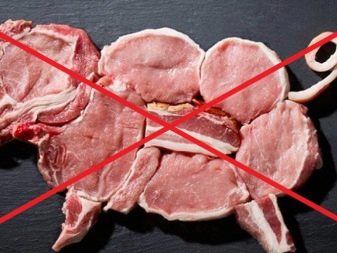
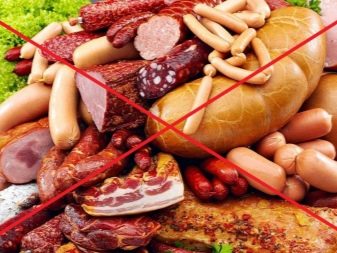
How to feed a cat with natural products, see below.
